Author: ORA
Compilers: Fairy, ChainCatcher
Editor's note: On June 26th, the oracle protocol ORA announced the completion of a $20 million financing, with investors including Polychain, SevenX Ventures, HF0, and Hashkey Capital. At the intersection of blockchain and artificial intelligence, ORA is opening up new frontiers. By combining AI, rich data sources, and scalable computing power, ORA not only breaks the limitations of smart contracts but also provides developers with innovative space.
This article details ORA's core technology and products, including Zero-Knowledge Machine Learning (zkML), Optimistic Machine Learning (opML), and Optimistic Privacy Protection Artificial Intelligence (opp/ai). Reading this article will provide a comprehensive understanding of how ORA is driving the development of on-chain AI.
Introduction to ORA
ORA is a trustless artificial intelligence on Ethereum that enables artificial intelligence and scalable computing on the blockchain.
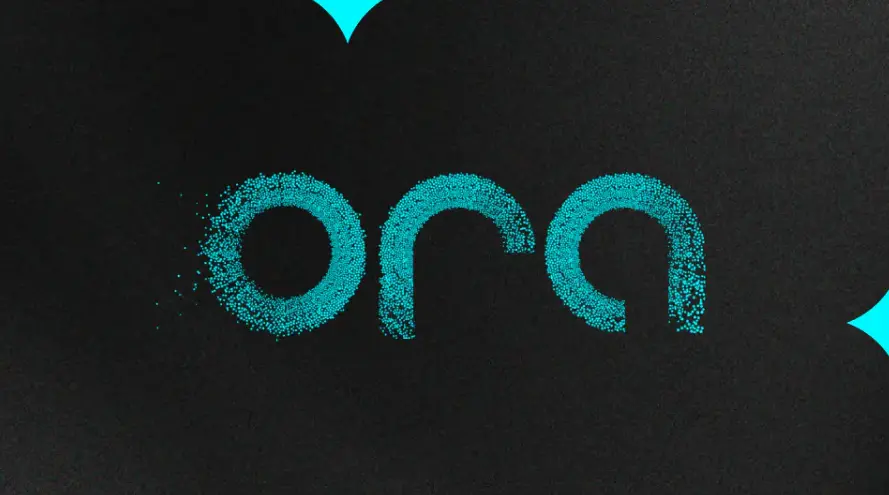
By providing AI, richer data sources, and arbitrary computation, ORA breaks the limitations of smart contracts, allowing developers to innovate freely.
ORA's work has gained the trust of institutions such as Compound, Ethereum Foundation, Uniswap, and Optimism.
1. Oracle ORA On-Chain Artificial Intelligence
ORA makes on-chain artificial intelligence a reality. ORA has contributed a series of cutting-edge research and products to the field of on-chain artificial intelligence. The products include zkML, opML, and opp/ai.
a) zkML: Zero-Knowledge Machine Learning
zkML is an encryption method for on-chain machine learning.
ORA is a pioneer in the zkML field and has invented the world's first zkML library: Keras2Circom.
According to research supported by the Ethereum Foundation, Keras2Circom outperforms other zkML frameworks.

In addition, Keras2Circom is ready for production and has been tested in a rich ecosystem.
Read more here and check out the Keras2Circom library on GitHub.
b) opML: Optimistic Machine Learning
opML is an economically efficient machine learning framework that can now be implemented for on-chain machine learning.
ORA is the inventor and creator of opML, both from an academic research and open-source implementation perspective.

While zkML can generate encrypted proofs for ML computations that are concise enough to be verified on-chain, the current computing power is not efficient and economical enough to generate proofs, especially for large AI models.
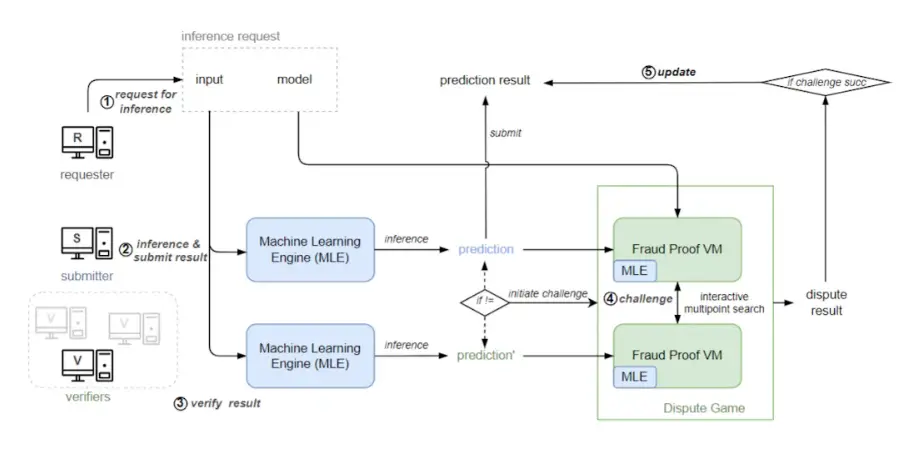
In contrast to zkML, opML can efficiently bring large models such as Grok's 3.14 billion parameter model onto the chain, reducing management costs by over 1,000,000 times.
Learn more in our paper: https://arxiv.org/abs/2401.17555.
c) opp/ai: Optimistic Privacy Protection Artificial Intelligence
opp/ai, Optimistic Privacy Protection Artificial Intelligence, combines zkML for privacy protection with opML for efficiency, tailored for on-chain AI.
ORA is the inventor of opp/ai.

Compared to pure zkML, opp/ai performs better while maintaining the same privacy characteristics as zkML.
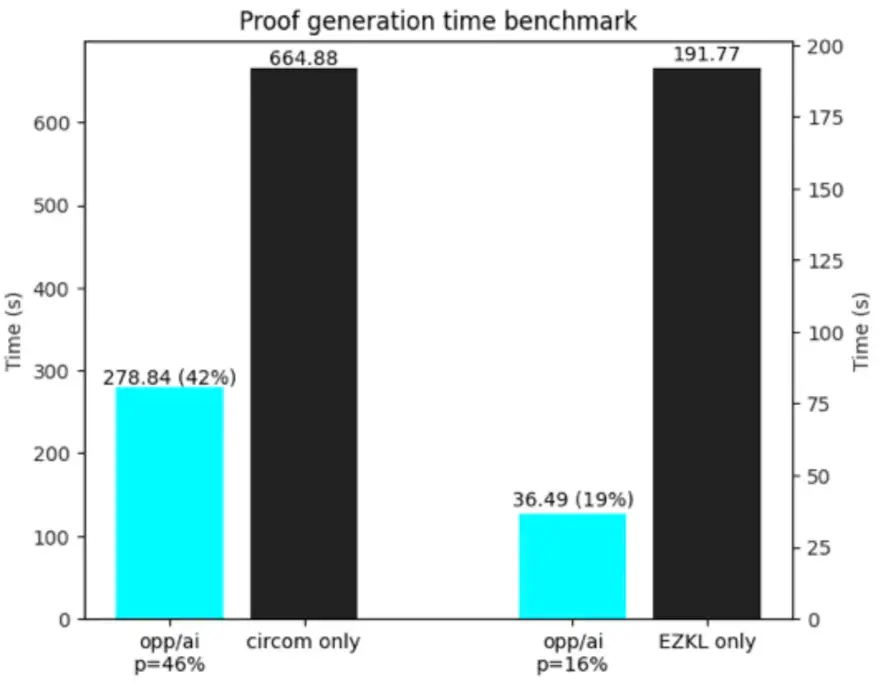
Read more here and learn more in our paper: https://arxiv.org/abs/2402.15006.
2. ORA On-Chain Artificial Intelligence Oracle (OAO)
a) Introduction
ORA's Onchain AI Oracle (OAO) is ORA's verifiable, decentralized AI oracle.
OAO enables anyone to use on-chain AI reasoning on any blockchain.

OAO uses opML to create verifiable proofs for ML computations that can be verified on the blockchain, opening up new possibilities for AI on the blockchain.
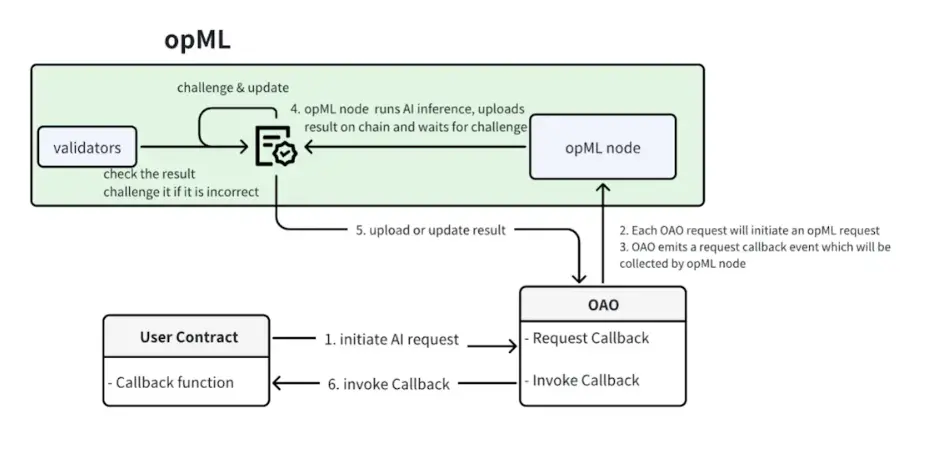
b) OAO on Ethereum and Optimism
OAO has been running on Ethereum and Optimism based on opML to generate verifiable AI reasoning.
Last month, ORA OAO was deployed on the Ethereum mainnet.
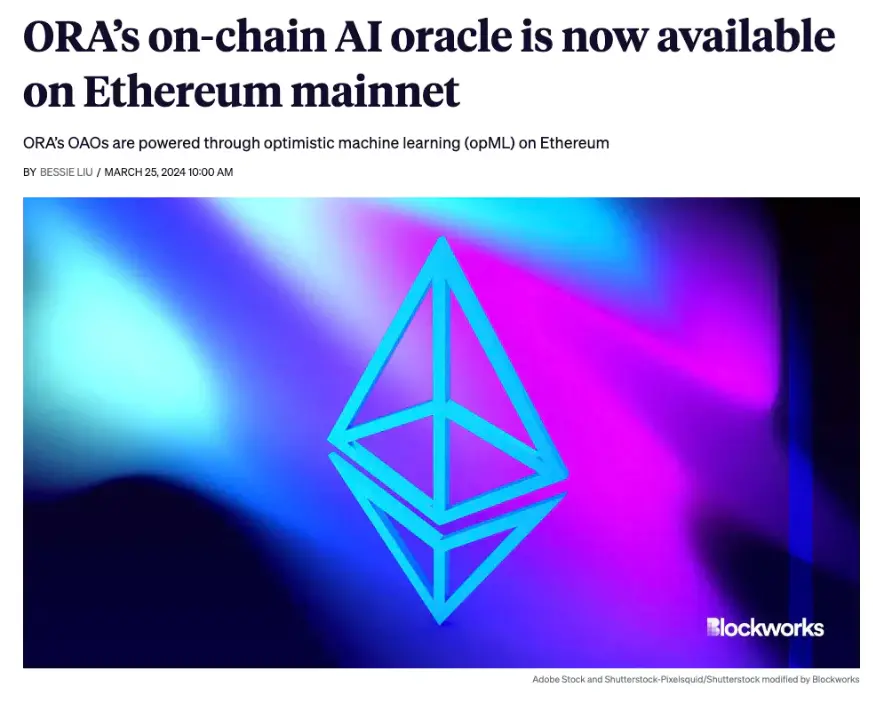
Recently, ORA OAO has been integrated into the Optimism mainnet.
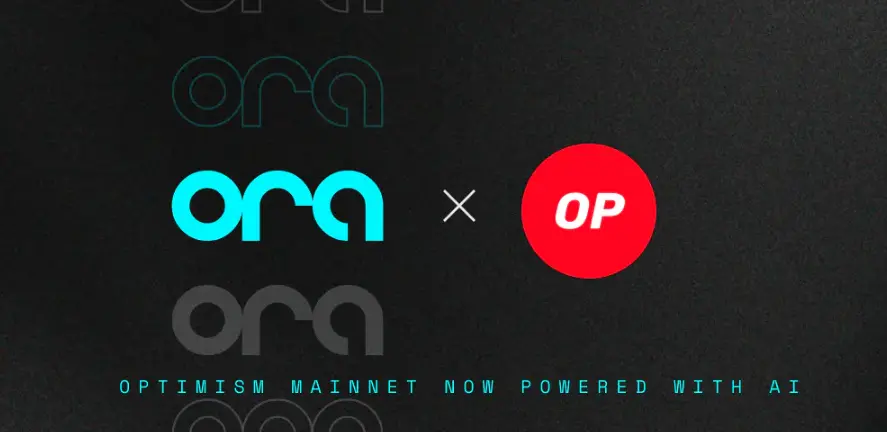
Read more about the OAO deployment announcement on Ethereum and Optimism.
c) Building with OAO
As a developer, you can refer to the following resources to build AI-driven on-chain applications:
OAO repository: OAO.
OAO documentation: AI Oracle.
Video tutorials on building with OAO: How to interact and build with OAO.
Ideas for building with OAO to get inspired: So you want to build with Onchain AI.
Reference to ORA ecosystem projects: awesome-ora.
3. ORA Initial Model Offering (IMO)
In the AI era, ORA introduces a new mechanism called IMO (Initial Model Offering).
a) Introduction
TL;DR: IMO tokenizes AI models on-chain.
For AI models, IMO provides sustainable funding for open-source AI models.
For the ecosystem, IMO helps coordinate value alignment and continuous contributions with incentive mechanisms.
For token holders, IMO allows anyone to derive value from on-chain AI models through income and reasoning assets (e.g., ERC-7007).
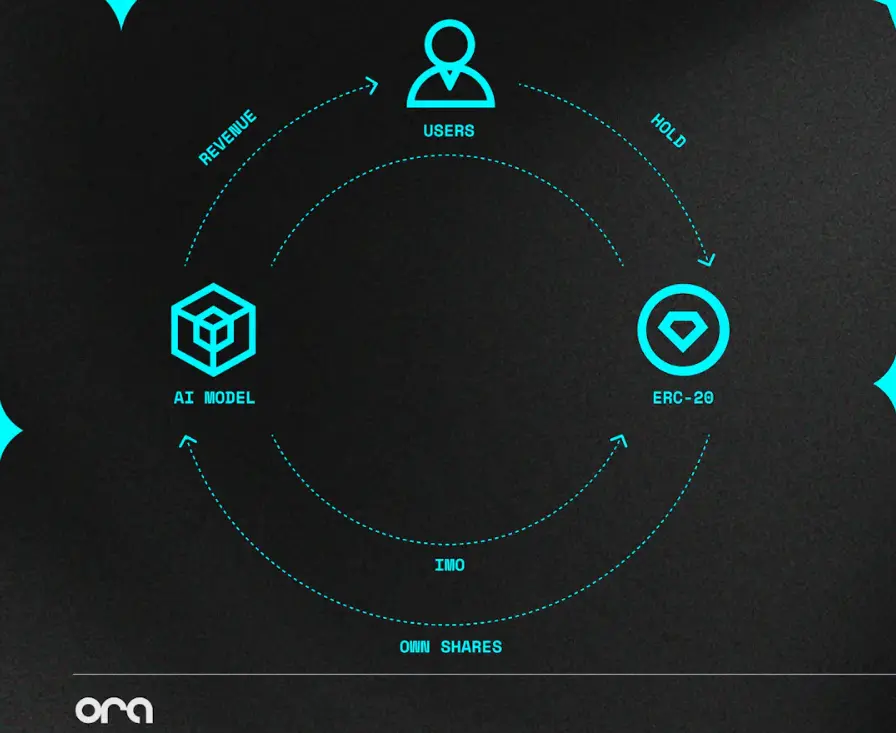
Many open-source AI models face challenges in monetizing their contributions, leading to a lack of motivation for contributors and organizations. As a result, the AI industry is currently dominated by closed-source for-profit companies. The key to winning the open-source AI model battle is to raise more funds and build openly. With IMO, we can win the open-source AI battle. IMO can achieve sustainable development of the open-source AI model ecosystem by promoting long-term interests, encouraging participation, and funding the open-source AI community. When we have better open-source models than proprietary models, we win.
IMO tokenizes ownership of open-source AI models and shares profits with token holders.
b) Core Components of IMO
IMO is permissionless, so anyone and any community can conduct IMO for their AI models.
In IMO, there are two core components:
Verifiable on-chain AI models
On-chain revenue sharing
For Onchain AI, we need to bind tokens to the right AI models and reasoning. ORA is achieving this through the previously mentioned ORA OAO, the world's first AI Oracle applicable to any AI model.
For on-chain revenue sharing, ORA introduces ERC-7641: Intrinsic RevShare tokens as the basis for IMO, enabling fair revenue sharing. IMO tokens represent shares of AI models, not AI meme coins. Holders can benefit from the revenue of AI models through OAO and reasoning assets (such as ERC-7007).
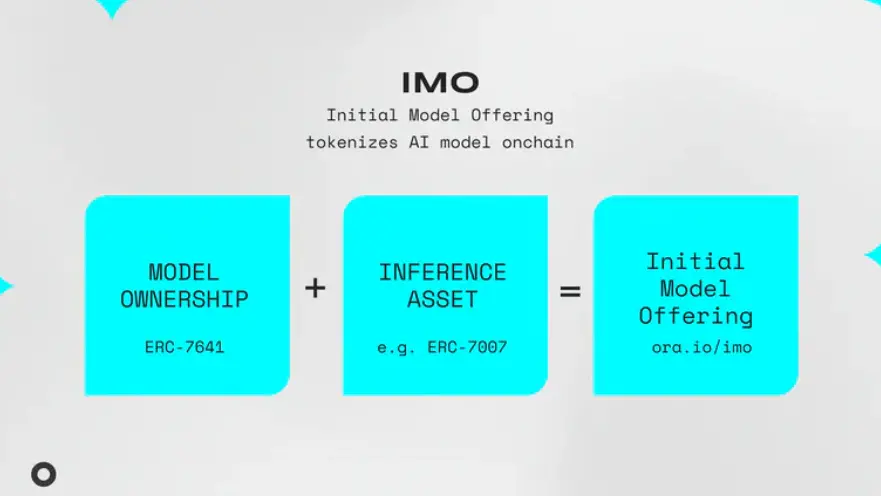
c) Overview of IMO
IMO is permissionless, so anyone and any community can conduct IMO for their AI models.
IMO tokenizes specific AI models, providing:
Effective fundraising for open-source communities.
Incentives for contributors to continue improving globally accessible models.
Income opportunities for token holders through on-chain models.
Meaningful IMO requires on-chain AI and revenue sharing mechanisms for IMO tokens:
Onchain AI can be achieved through ORA OAO.
Income comes from model usage in ORA OAO and reasoning assets co-authored by ORA, such as ERC-7007.
Revenue sharing mechanisms can be executed through ERC-7641 authored by ORA.
Read more about IMO here and here.
Watch the IMO announcement by ORA at ETHDenver.
Watch the 60-second explanation of IMO.
4. OpenLM IMO: The World's First IMO
$OLM on the mainnet: 0xe5018913F2fdf33971864804dDB5fcA25C539032LP Mainnet address: 0xB57CFe32dbF5227d9c9A03eF3D2E9E53cb4524B0
a) Introduction to OpenLM
OpenLM is a repository for executable language modeling (LM) designed to facilitate research on medium-sized LMs.
OpenLM is open, high-performance, decentralized AI, as opposed to closed, centralized, licensed LLMs funded and supervised by large tech oligarchs.

OpenLM is an open-source model created under the MIT license by a decentralized team. Their contributions will be recognized through this donation, which will also help incentivize and facilitate the development of open-source LMs accessible to anyone.
b) OpenLM IMO
On April 10th, we launched the world's first IMO: OpenLM IMO.
OpenLM IMO tokenizes the open-source models of OpenLM.
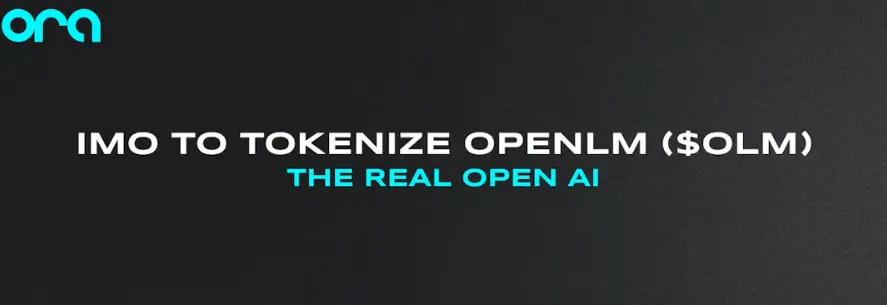
Just as Prometheus stole fire for civilization, ORA demonstrates the benefits of IMO for the open-source AI community through the first IMO of OpenLM.
$OLM is not ORA's token. It represents the tokenization of the OpenLM model on Ethereum, with ownership shared by OpenLM contributors and the community. Nevertheless, ORA's on-chain AI oracle can tokenize AI models.
IMO will be the cornerstone of OpenLM's journey, providing funding and incentives to nurture a sustainable ecosystem, democratize access, and drive continuous development.
IMO for OpenLM is expected to leverage the power of open-source software and communities to fundamentally change the landscape of LLM.
Read more about OpenLM IMO here.
c) OpenLM IMO Event
The first global IMO for OpenLM was a huge success.
5 billion tokens were sold at a price of 150 ETH (approximately $500,000) in just 5 minutes. This demonstrates high demand in the presence of low supply. $OLM continues to trade on the decentralized exchange Uniswap.
Unfortunately, due to overwhelming demand exceeding the limited supply, the majority of transactions from those attempting to purchase $OLM at the start of the sale were unsuccessful.
This is the first IMO, and there will be more in the future. Future IMOs will have different parameters to allow more valuable individuals and wallets to participate.
d) OpenLM IMO Roadmap
The goal of IMO is to nurture open-source communities and strengthen ecosystems. OpenLM IMO provides more resources for the OpenLM open-source community.
This is a flagship demonstration of IMO technology. It marks the beginning of a more sustainable, competitive, and open-source AI future.
The following is the roadmap for the successful implementation of OpenLM IMO.
1. OAO Integration
To enable revenue sharing for $OLM, ORA will integrate the OpenLM AI model into the Onchain AI Oracle. This way, on-chain income can be generated and tracked by OAO every time a user interacts with the OpenLM model.
2. Expansion of the OpenLM Ecosystem
IMO provides sustainable funding for open-source AI models. With the efforts of OpenLM IMO, various projects can contribute to the income pool for $OLM.
3. Donations to the OpenLM Community
As previously announced and planned, 10% of $OLM IMO tokens will be allocated to existing and future OpenLM contributors.
We are finalizing all the details of support for the open and decentralized AI community.
4. Revenue Sharing Initiatives
OpenLM RevShare tokens ($OLM) have the following features:
Revenue sharing: A portion of the income from OAO or other sources will be allocated to the revenue sharing pool for $OLM tokens. Token holders can claim their share of the revenue every 90 days after a snapshot.
Burn: A portion of the income from OAO or other sources will be allocated to the token burn pool for $OLM tokens. Token holders can burn their tokens as part of a buyback mechanism. The burn mechanism will support the "floor price" of OpenLM tokens.
免责声明:本文章仅代表作者个人观点,不代表本平台的立场和观点。本文章仅供信息分享,不构成对任何人的任何投资建议。用户与作者之间的任何争议,与本平台无关。如网页中刊载的文章或图片涉及侵权,请提供相关的权利证明和身份证明发送邮件到support@aicoin.com,本平台相关工作人员将会进行核查。




